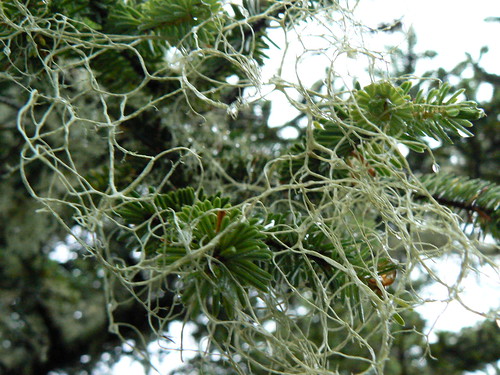Sandal Tree
One of the perfumes I unearthed from my very bottom drawer of abandoned creations is this number I titled "Sandal Tree" in Hebrew back in my very first perfumer's notebook of my very first year of 2001, when it all began.
This perfume was created after I ordered kewda attar for the first time, from Enfleurage in New York. It arrived in a half-full vial, and cost me dearly. I was equally repelled and intnrigued by kewda, and thought it would make a very pretty addition to a floral sandalwood perfume.
Discovering a formula written by a novice ten years later is fascinating. Especially when the novice have become a little less of the novice. There is the element of excitement reeking from the page of the formula: discovering a new art and medium for expression. Exploring fragrant raw materials that were never experienced before. This enthusiasm comes through the formula in the way that the essences were combined. When I'm looking at my own formula from the perspective of a perfumer with almost 10 years of experience, and who have taught perfume for the past 3 years, I feel as though it was a completely different person creating this perfume - someone who was a fearless dreamer and to whom I'm deeply thankful, as if it wasn't for that bold passion and determination, I wouldn't be a perfumer right now.
What surprises me in retrospect is, I suppose, that I chose ingredients that are what I would consider now as difficult to work with and harmonize. And I'm glad that I was not afraid of blending them even though they were rare and expensive. I think that's what taught me the most - that slight disregard to price when I initially started working with essences. Just trusting my instincts, rather than dwelling on whether it's going to work or not, and if the experiment is going to cost me dearly or not. I think I've become a lot more cautious since 2001 though...
Sandal Tree was created with the abovementnioned kewda attar - a heady, sharp flower from India that has a very East Indian personality. It does not smell like anything you would smell elsewhere. It is very volatile, so the sandalwood base of the attar actually helps to fix it as a raw material. It smells like hyacinths with an apple cider vinegar sharpness. There is a fair amount of kewda there (twice as much as I used later on in either Charisma or Gigi). There is mimosa absolute and cardamom oil at the top. Neither is a tame essence, but the magically decided to get along here. Than there is also heady ylang ylang and voluptuous jasmine, leading into the creamy, smooth sandalwood base with hints of vanilla and tonka bean (I was an avid Guerlain groopie when I started, and still am...). It wears very floral and light and exotic and has a diffusive sillage. In the new vat when I re-blended it last week, I used some of the stash of East Indian sandalwood oil I have left, and also sustainable sandalwood oils from Vanuatu and Australia (the Australian one is organically grown).
Sandal Tree was the title on the bottle and in the formula book (in Hebrew) and I finally decided it was best to keep the name that way, only in English. I am making only 4 bottles of this, which will be only available directly through me at the studio and at the One of a Kind Show, December 9-12.
















I haven’t started working on this mod yet (scheduled to be mod #6). This week I was too busy baking cookies and entertaining as a way to cope with the snow and the extremely low temperatures (-8 during the day at times, which is very unusual for Vancouver at any given time). I still have to work on mod #5 with magnolia lily and jasmine to flesh out the heart and give the perfume more body. It sure is interesting to see how this perfume develops in teeny-tiny steps every time.
In the meantime, I’m using a shortcut and wearing some Obsession eau de toilette and resisting the temptation of taking advantage of the Boxing day specials and finally get myself the parfum extrait.